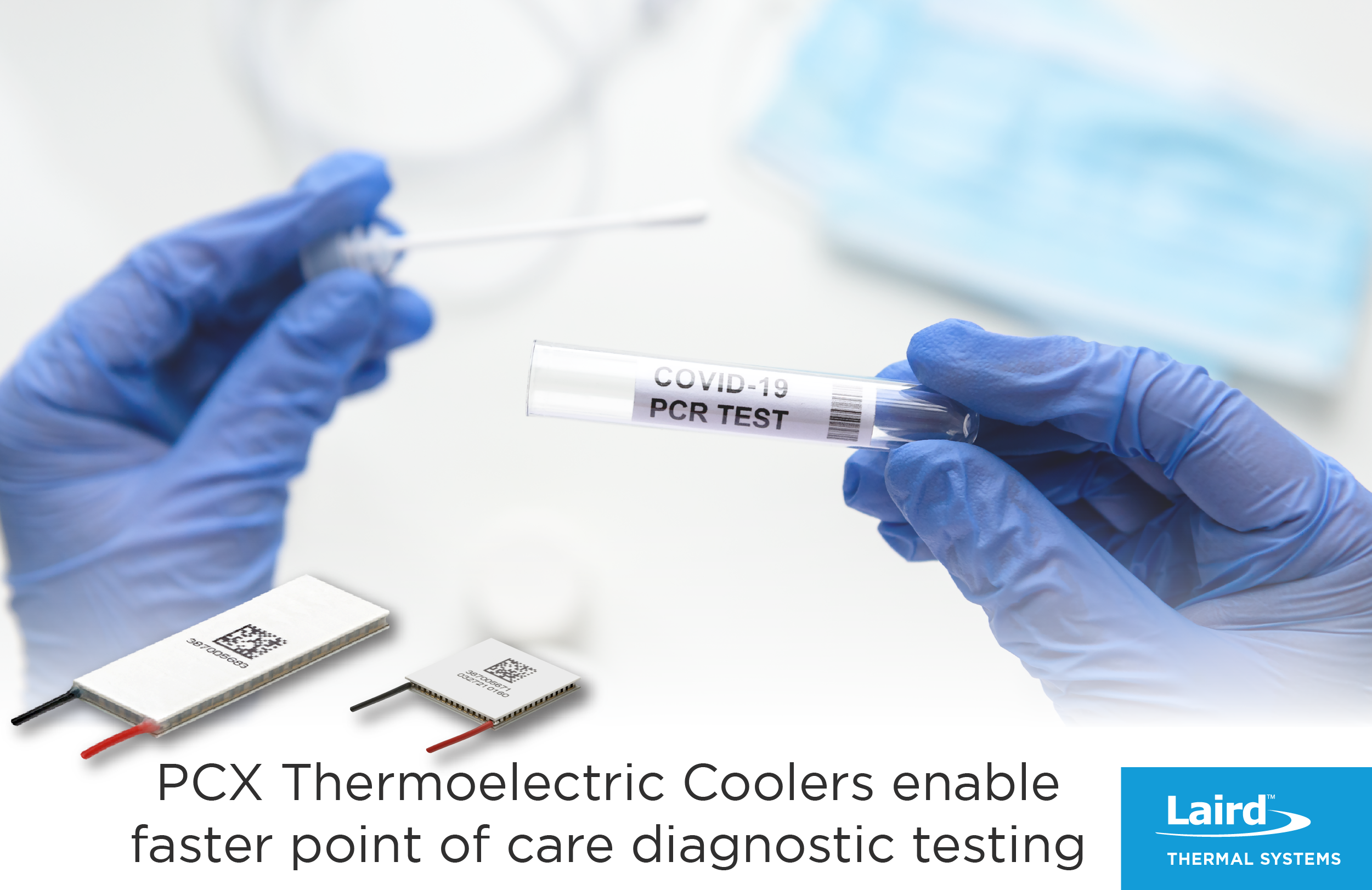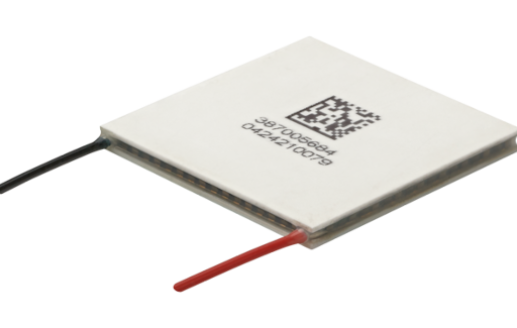Introduction
Point of care testing (POCT) aims to bring medical care conveniently and immediately to the patient. The sophistication of medical and laboratory testing devices now enables accurate, real-time diagnostic test results within an hour, rather than days. POCT is addressing the importance for doctors and patients to rapidly receive test results to not only improve patient care, but also improve public health. The recent global COVID-19 pandemic has shown that rapid testing is vital to effectively manage the spread of a virus. Often through the use of portable automated analyzers, such as thermocyclers for polymerase chain reaction (PCR), testing at the point of care streamlines the diagnostic process and helps ensure patients receive the most efficient care quickly when it is needed. The miniaturization of these portable analyzers makes thermal management more critical. To ensure the long-term performance of portable medical instruments, and the accuracy of their test results, precise temperature stabilization is critical. Thermoelectric coolers offer a more compact, cost-effective and reliable means to control temperature compared to other thermal technologies.
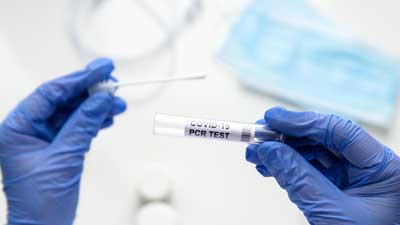
PCR-based point of care tests deliver accurate results within an hour.
Point of Care
POCT is typically accomplished through the use of portable handheld instruments or small benchtop analyzers. Once a specimen is collected from a patient, testing can be conducted on-site with results given to the patient soon after the examination.
There are many types of POCT now available to the medical community. Photometry is the most common method for testing the amount of a specific analyte in a sample. Ion Selective Electrode (ISE) is another common analytical method that specifically measures ion concentrations. Automated cell counters sample the blood, and quantify, classify, and describe cell populations using both electrical and optical techniques. A hematology analyzer is used to count and identify blood cells at high speed and accuracy. Automated coagulation machines (coagulometers) measure the ability of blood to clot by performing any of several types of tests.
Thermal cyclers (thermocyclers) are used for real-time PCR testing. It is often desirable for several analytes to be tested simultaneously in the same specimen, allowing a rapid, low-cost, and reliable quantification. As a result, multiplexed point-of-care testing (xPOCT) has become more important for medical diagnostics.

Point of care testing is enabled through portable handheld instruments or small benchtop devices.
Application Challenges
The frequency of testing and sample size help determine what thermal management system is required to cool POC medical diagnostic equipment. It can use ambient airflow, heat sinks, fans, thermal materials and thermoelectric coolers. Some POCT equipment utilize temperature sensitive optoelectronics that require precise thermal management.
Precise temperature control increases the operating life of thermally sensitive electronics, and ensures accurate test results. For example, a five-part hematology analyzer counts cells using a laser as part of its counting procedure. The laser and other optical components are temperature sensitive and generate heat during operation. To maintain peak performance, they must be kept within a precise temperature range to assure consistent test results.
POCT applications like real-time PCR testing require more sophisticated and precise temperature stabilization management. Modern thermocyclers used for real-time PCR testing require up to 40 thermal cycles to create millions of strands of DNA sequences for analysis. The cycling is often preceded by a single temperature step at a high temperature (95°C), which separates the DNA, followed by cool down to a melt temperature between 50 to 65°C where the biomarkers will bond to the DNA. The third stage increases the temperature to 72°C so a copy of the DNA can be sequenced. The set point temperatures and length of time that are applied to each stage depends on a variety of parameters based on how well the biomarkers attach to the DNA.
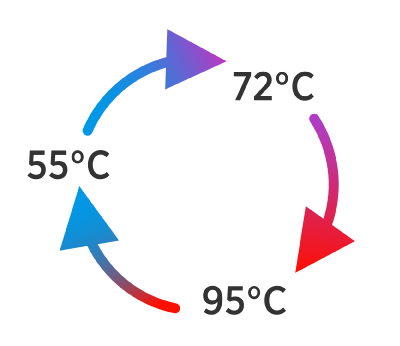
PCR require up to 40 thermal cycles that consist of three temperature stages.
Determining the optimal melt temperature may require a trial run. Once the melt temperature is identified, precise temperature control is required during heating and cooling of each set point temperature. Temperature cycling devices use thermoelectric coolers to achieve faster ramp rates with minimal temperature gradient. However, standard thermoelectric coolers are designed for traditional refrigeration applications and cannot withstand the mechanical stresses induced by rapid thermal cycling between multiple temperature set points. As the module contracts and expands from repeated heating and cooling cycles, it can quickly degrade and effect the long-term performance and operational life of a standard thermoelectric cooler.
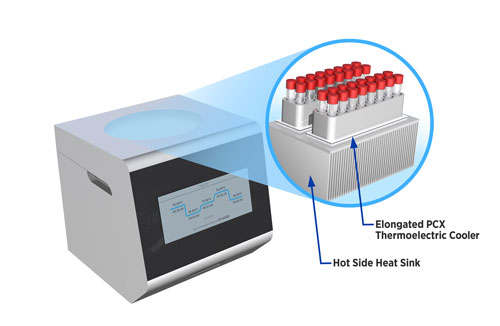
PCX elongated thermoelectric coolers provide high precision temperature control for modern point of care test equipment.
In addition to precise temperature control, portable POCT equipment must conform to SWaP (size, weight and power) requirements. Medical instrumentation and diagnostic equipment manufacturers have been tasked with reducing the size of POCT equipment to ease portability and free up lab or office space. The miniaturization of equipment has led engineers to pack more functionality into a smaller footprint, which causes the heat density to increase. This unwanted heat must be efficiently dissipated to the surrounding environment to meet requirements of increased performance while reducing power consumption and noise — all in a compact form factor.
Unlike traditional laboratory thermocyclers used for batch PCR testing, the latest benchtop thermocyclers that enable point of care PCR testing feature cartridges for singular sample testing. The sophisticated cartridge contains the required reagents, and once inserted into the thermocycler, the cartridge moves (shakes) internally to mix the reagent and sample, before starting the temperature cycling. Components in the cartridge must be able to withstand mechanical stresses induced from shaking and vibration.
Because space is always a premium, installation location and mounting orientation often play a role in the selection of the thermal management solution. Unlike, compressor-based systems, thermoelectric coolers can be mounted in any orientation. Mounting orientation also plays a role in routing air flow. Paths for incoming and exhausting air must be considered to maximize cooling and/or heating performance.
PowerCycling PCX Series Thermoelectric Coolers
Standard thermoelectric devices are commonly used to cool optical components and systems found in a five-part hematology analyzer. However, standard thermoelectrics cannot handle the 20 to 40 repeated temperature cycles required in a thermocycler performing PCR testing. Thermocyclers for PCR testing utilize a novel thermoelectric technology to precisely manage the set point temperatures and ramp rates.
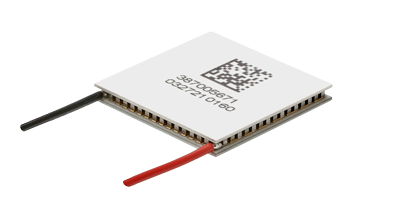
The PCX Series thermoelectric cooler is tested to withstand hundreds of thousands of thermal cycles without degradation in performance.
The PowerCycling PCX Series from Laird Thermal Systems is designed for demanding applications, including those where hundreds of thousands of thermal cycles with minimal degradation is required. The highly reliable PowerCycling PCX Series thermoelectric cooler extends the mean time between failure (MTBF) of PCR test equipment to lower total cost of ownership by reducing downtime and maintenance. By achieving faster temperature ramp rates, PCX thermoelectric coolers provide greater throughput and faster test results.
The PCX Series thermoelectric coolers offer precise, uniform temperature stability to within ±0.5 degrees C. To achieve this precise thermal control in point of care PCR applications, an array of PowerCycling PCX thermoelectric coolers is installed under the sample cartridge.
The PowerCycling PCX Series features a unique construction that utilizes next generation thermoelectric materials to reduce thermal stresses. A flexible and thermally conductive “soft layer” is inserted between the cold side ceramic substrate and copper buss bars. This technology absorbs the mechanically induced stresses caused by temperature cycling and extends the overall operational life of the thermoelectric cooler.

The PCX Series thermoelectric cooler (left) features a conductive soft layer between the cold side ceramic substrate and copper buss bars that reduces the mechanical stress compared to standard thermoelectric coolers (right).
The PCX Series offers high heat pumping capacities from 13 to 215 W in various geometric footprints as small as 15 x 15 mm to accommodate temperature zoning for varying tray sizes and number of wells.
The thermoelectric module is built with enhanced process controls to operate in temperatures up to 120°C, exceeding PCR application requirements. The PowerCycling PCX Series thermoelectric cooler has been validated using thermal cycling reliability testing based on leading OEM’s in the PCR market with minimal degradation to the thermoelectric cooler. The PCX Series thermoelectric cooler performs well in high-vibration and mechanical shock applications similar to point-of-care PCR testing.
PowerCycling PCX Series Elongated Thermoelectric Coolers
To enable more flexibility for PCR cartridge designs, Laird Thermal Systems has developed an elongated series of PCX thermoelectric coolers. The narrower body style with 16 wells (2 x 8 tray) is common for POCT applications because it makes it easier for technicians to run tests with smaller sample sizes.
Elongated PCX parts can be the most challenging to make due to the bowing effect that causes the ceramic substrates to bow at elevated temperatures. Through enhanced proprietary processes and advanced semiconductor materials, our elongated PCX Series offers a robust module construction with high reliability that eliminates the bowing effect.

Elongated thermoelectric coolers allow for more narrow temperature zones.
Conclusion
Point of care testing enables medical personnel to deliver real-time patient diagnostic results within an hour, rather than days. This not only improves patient care, but also the work flow for medical staff. The development of more sophisticated POCT includes multipurpose portable testing devices to simplify medical testing. Miniaturization of these systems leads to higher heat challenges in smaller packages that include temperature sensitive electronic components.
Laird Thermal Systems has developed a high performing PowerCycling PCX Series thermoelectric cooler with more cooling power and increased temperate differential across the thermoelectric cooler. Through enhanced process controls, this thermoelectric cooler can assure long term reliability. Available in various geometric footprints and cooling capacities, the PCX series features a proprietary construction to survive in harsh thermal cycling environments and is ideally suited for next generation POCT applications.
For more information on the PowerCycling PCX Series or read test protocol visit lairdthermal.com.
Go to the Thermal Wizard PCR Calculator to find the optimum thermoelectric cooler for your POCT application.
